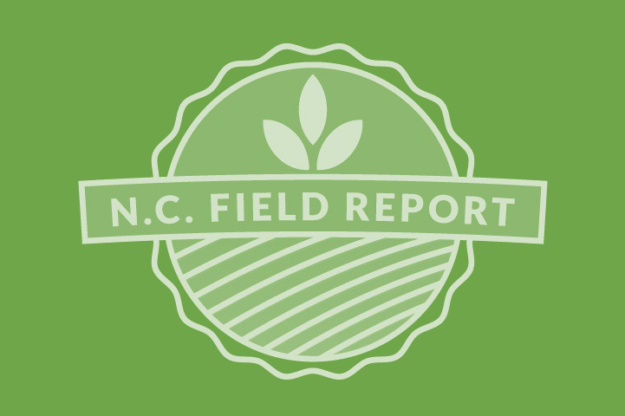Setting the Stage For Success Next Year
2018 has been a challenging year for many North Carolina soybean producers and many are still harvesting, but as the season comes to a close it is never too early to start to think about putting practices in place to increase yields in 2019. Farmers should consider the following for their management plan as they…
Details




